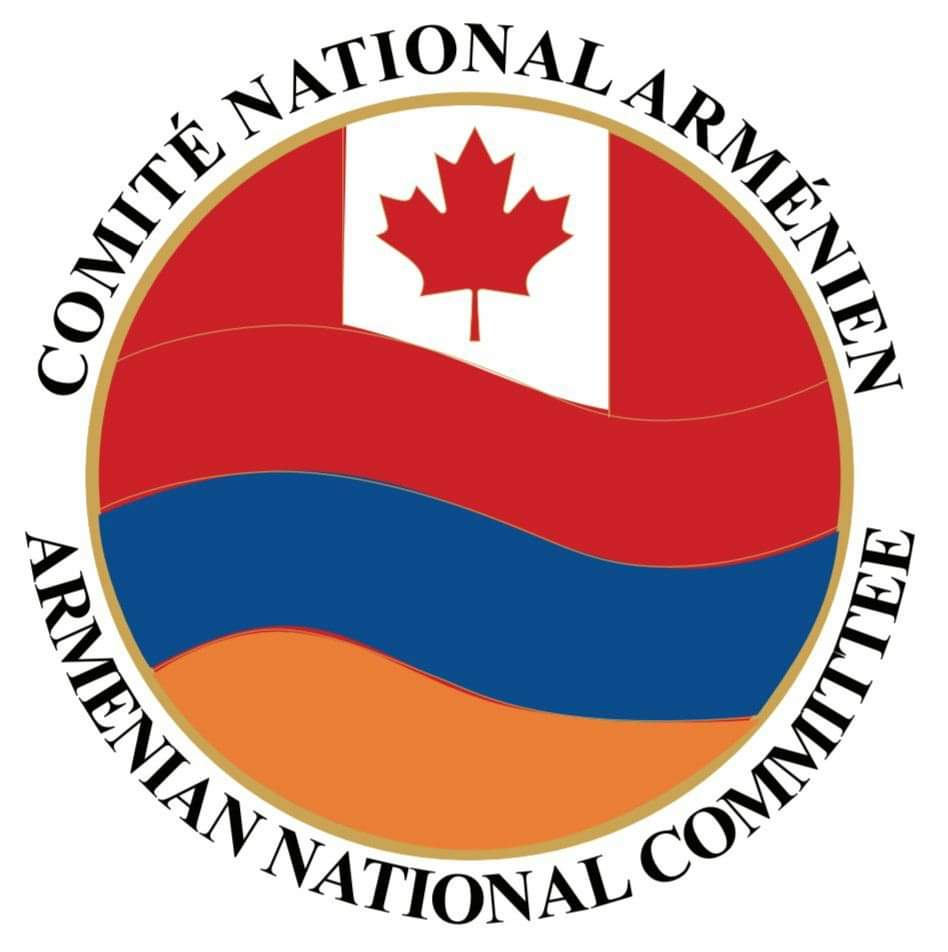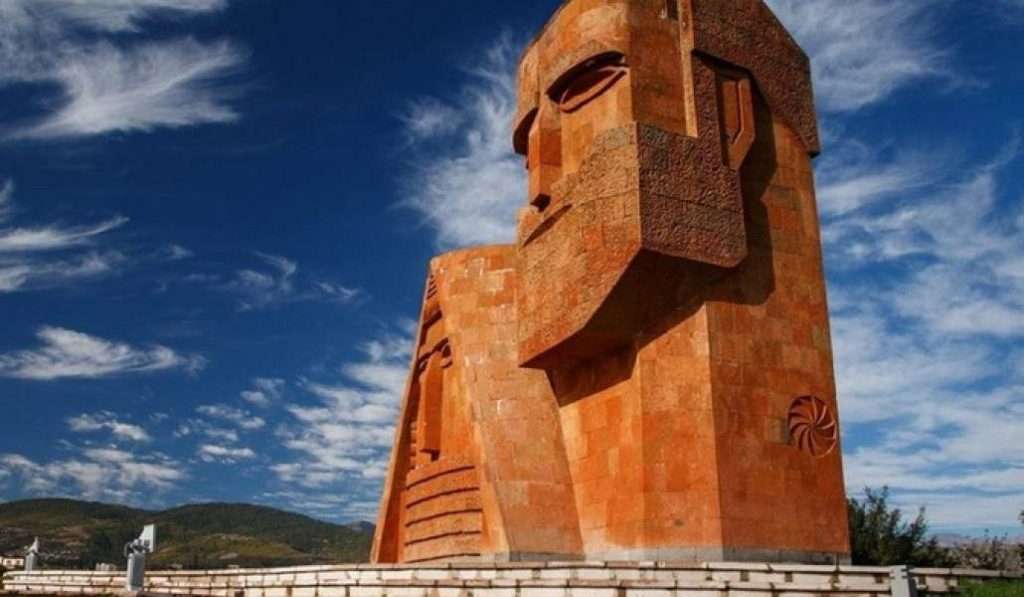The Republic of Artsakh (Nagorno Karabakh) is an integral part of historic Armenia that was arbitrarily carved out in 1921 by Joseph Stalin and placed under Soviet Azerbaijani administration, but with autonomous status, as part of the Soviet divide-and-conquer strategy in the Caucasus. During seven decades of Soviet Azerbaijani rule, the Armenian population of Artsakh (Nagorno Karabakh) was subjected to discriminatory policies aimed at its removal. On September 2, 1991, the people of Artsakh (Nagorno Karabakh) declared independence from the Soviet Union and became the Artsakh Republic. On December 10, 1991, Artsakh (Nagorno Karabakh) held an independence referendum in which 82% of all voters participated and 99% voted for independence. In response, Azerbaijan launched an all-out war against the Artsakh Republic, targeting civilians and recruiting Islamic extremist mujahideen from Afghanistan and Chechnya to join the Azerbaijani army. In May 1994, the Republic of Artsakh, Armenia, and Azerbaijan signed a ceasefire agreement with mediation efforts through the Organization for Security and Cooperation in Europe (OSCE) Minsk Group, co-chaired by the US, France, and Russia. The Republic of Artsakh (Nagorno Karabakh) is an integral part of historic Armenia that was arbitrarily carved out in 1921 by Joseph Stalin and placed under Soviet Azerbaijani administration, but with autonomous status, as part of the Soviet divide-and-conquer strategy in the Caucasus. During seven decades of Soviet Azerbaijani rule, the Armenian population of Artsakh (Nagorno Karabakh) was subjected to discriminatory policies aimed at its removal. On September 2, 1991, the people of Artsakh (Nagorno Karabakh) declared independence from the Soviet Union and became the Artsakh Republic. On December 10, 1991, Artsakh (Nagorno Karabakh) held an independence referendum in which 82% of all voters participated and 99% voted for independence. In response, Azerbaijan launched an all-out war against the Artsakh Republic, targeting civilians and recruiting Islamic extremist mujahideen from Afghanistan and Chechnya to join the Azerbaijani army. In May 1994, the Republic of Artsakh, Armenia, and Azerbaijan signed a ceasefire agreement with mediation efforts through the Organization for Security and Cooperation in Europe (OSCE) Minsk Group, co-chaired by the US, France, and Russia. Canada is also a full member of the OSCE.
Since the internationally brokered ceasefire of 1994, the line of contact between Artsakh and Azerbaijan is periodically monitored by OSCE field personnel and reported to the co-chairmanship. However, the OSCE does not maintain a constant monitoring mechanism along the line of contact, as a result of Azerbaijan’s adamant opposition and incompliance. Over the years, the Armenian side has continuously shown compliance and has agreed to place those mechanisms.
Similar to all OSCE member countries, Canada does not recognize the independence of the Republic of Artsakh, however it does support a peaceful resolution of the conflict that respects the fundamental right to self-determination of the people of Artsakh. Through its grassroots efforts and in cooperation with it nationwide network of affiliates, the Armenian National Committee of Canada (ANCC) tirelessly advocates for the peaceful resolution of this conflict and for the recognition of Artsakh’s independence and it’s peoples right to self-determination. Over the last 25 years, numerous Canadian lawmakers from all levels of government have visited the Republic and made calls for its self-determination to be upheld. Many statements have also been made in the Canadian Parliament to this effect. In March 2019, in cooperation with the ANCC, a group of parliamentarians established the “Parliamentary Friends of the People of Artsakh” which intends to raise awareness on the subject and help break Artsakh international isolation.
For more on Artsakh, please click here.





